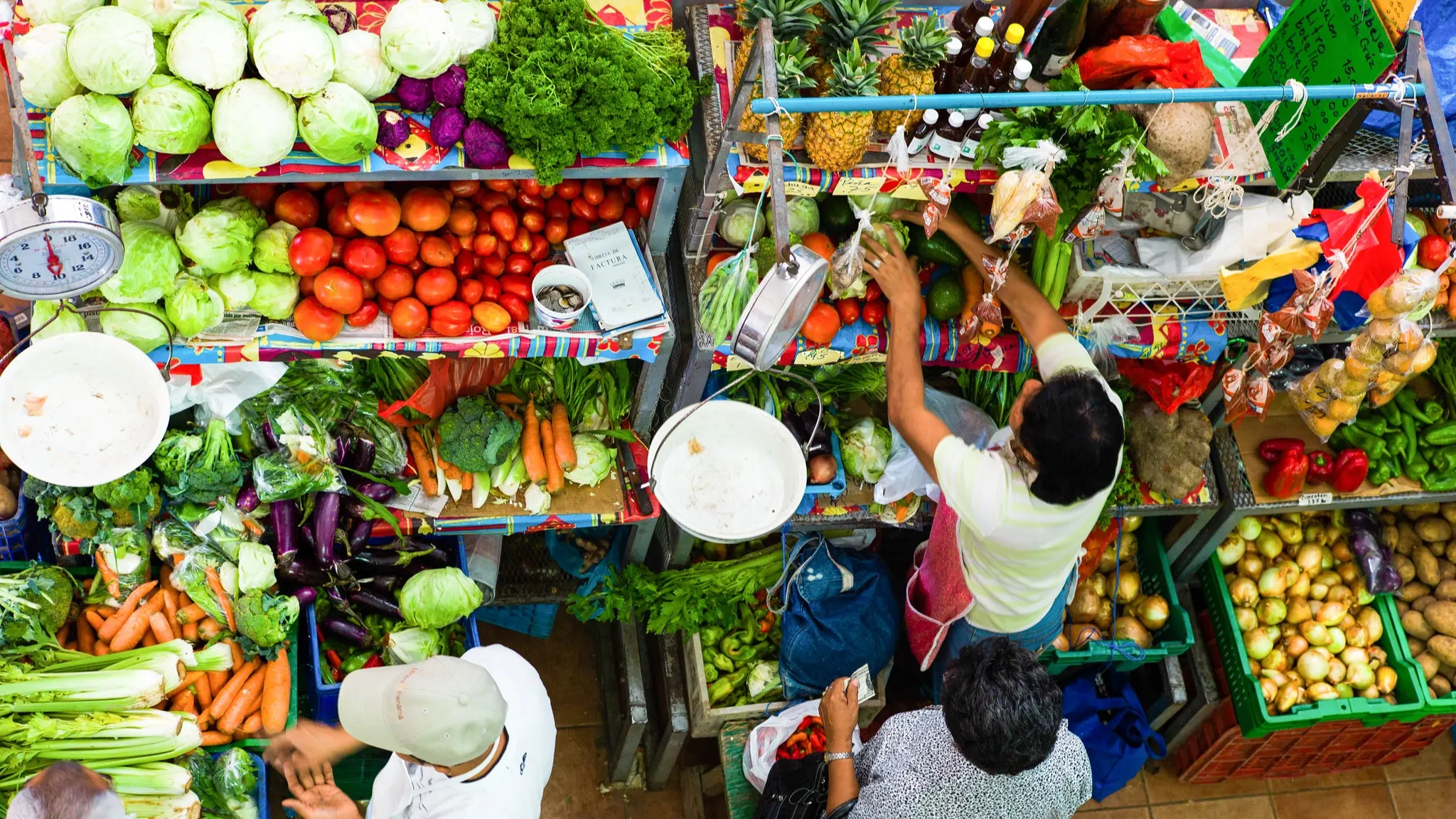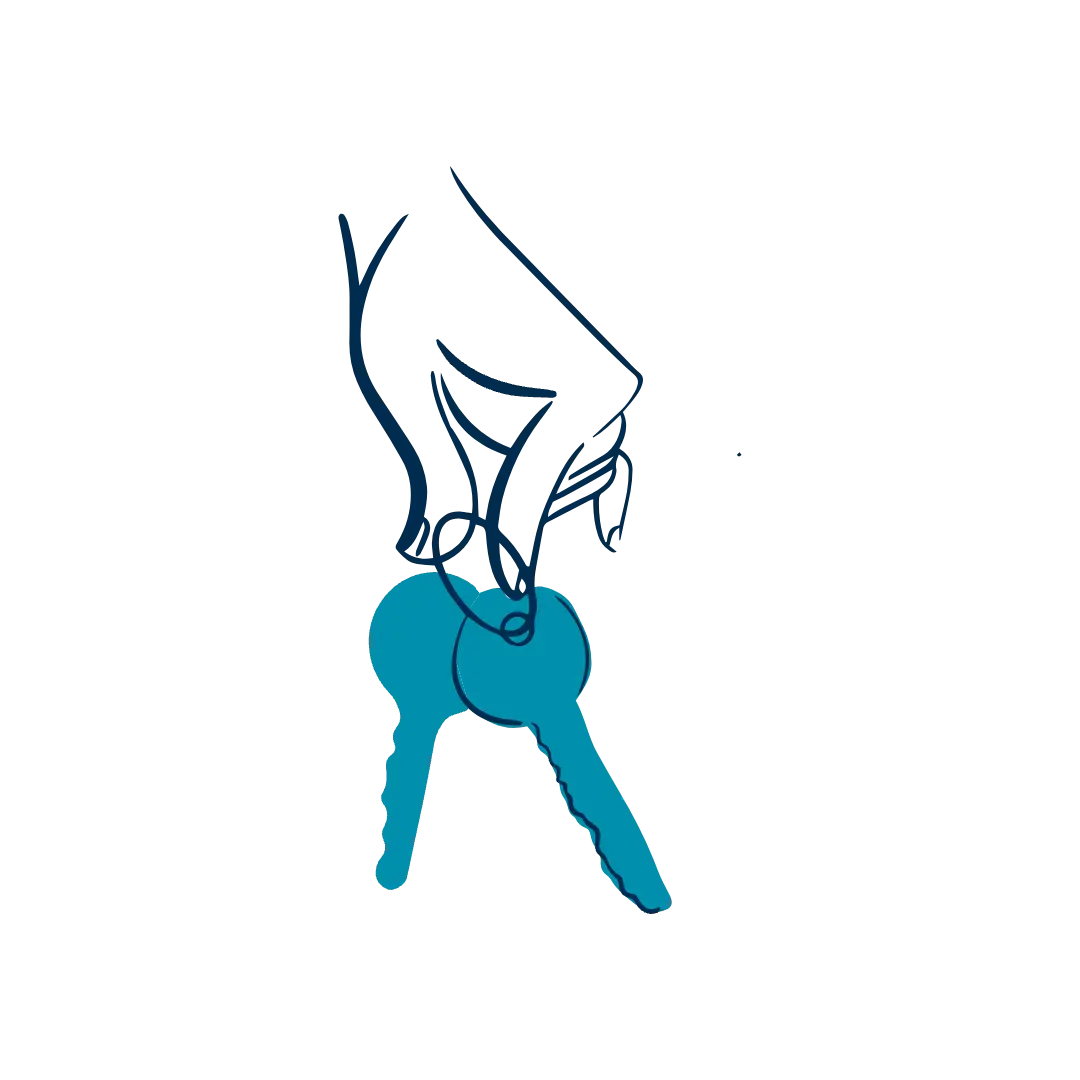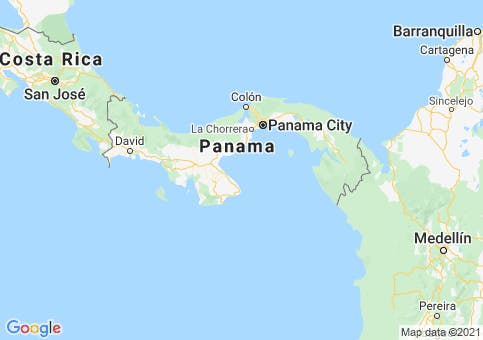By Tony K. Boatright
If Penonomé was a woman, she would be the shy one that steals your heart. You have to take time to get to know her. There are many surprises that make the lovely Penonomé a multifaceted gem. Let me tell you how I ended up falling in love with Penonomé.
Early retirement revived a childhood dream of living in the tropics. An article sent me by my financial manager redirected my research to Panama. Several factors moved Panama to the top of my list:
Being located south of the hurricane zone caught my attention.
Using U.S. currency meant no money conversion issues.
Having a stable government is very important.
The canal provides a strong foundation for a diverse economy.
There is good infrastructure, influenced by the U.S. military presence here for 100 years.
Three visits to Panama spurred me onto the next step. Moving from Atlanta, I was considering a vibrant life in Panama City as my final destination. But first I wanted to see more of the country. I planned to rent a home for a year to evaluate Panama.
The U.S. owner of the house I was preparing to rent backed out at the last moment. There was an added degree of difficulty I had to face because I have a spinal cord injury and use a wheelchair. Searching for another accessible house sent me further into the country. I ended up in the small town of Santa Clara, halfway between Penonomé and Coronado, this providing a great chance to compare the two different lifestyles.
Penonomé is traditional Panamanian life. Coronado is an expat center. Alternating between cities for my monthly grocery run, it took me ten months to fall in love with Panama.
Still unsettled about where to live, I purchased a car and began exploring where to settle down. I looked at condos in Panama City, houses in the suburbs, and the possibility of buying and building on some property in the country. Slowly I was being seduced by Penonomé. Finding a house on a cliff overlooking Rio Zarati sealed my fate. My heart was captured and I have chosen to spend the rest of my life in Penonomé.
Retire in Penonomé, Panama

Location
Penonomé is the provincial capital of Coclé. This diverse province encompasses the sandy Pacific beaches of the south across the continental divide to the mountains on the northern Atlantic side.
The geographic center of Panama is designated by a marker beside the downtown park. It is less than a 30-minute drive to the beach and less than a one-hour drive to the continental divide. Panama City is a three-hour drive and an additional 30 minutes to Tocumen Airport. The Rio Hato Airport has regular charter flights from Canada and is only 30 minutes away.
The City
The Pan-American Highway, known in Panama as the Inter-American Highway, Highway 1, or simply the autopista is the transportation spine of the nation. You can see how the builders dragged the road north to connect Penonomé.
The autopista is an integral part of Penonomé. The commercial expansion of the city continues to focus on both sides of the autopista. However, downtown remains the heart of the city. Avenida Juan Demóstenes Arosemena turns off the autopista at the Hotel Dos Continentes and you step back into a simpler time.
Avenida Juan Demóstenes Arosemena is a one-way street. Downtown parking is on both sides of the two-lane street. The newly installed paving stone sidewalks feature curb cuts. Unfortunately, two of these curb cuts are dangerously steep. I would not attempt to use them without assistance.
The end of the street is anchored by City Hall, Saint John the Baptist Cathedral, the 8th of December Park, the governor’s house, and the jail.
Calle Manuel Amador Guerrero is the return one-way street one block over from downtown. This is the location of the mercado, or farmers market. In the mornings you will find farmers selling directly from their trucks parked in front of the mercado.
Daily streams of people flow into the city from all across the region. The sidewalks teem with crowds. Open-front stores, curbside kiosks, open-air restaurants, and individuals walking around hawking a variety of goods give downtown a vibrant feel.
By afternoon people are headed to the buses with their purchases all bagged up. The town prepares for the night as businesses begin closing between 5 p.m. and 6 p.m.
People
The diversity is amazing. The people of Panama are a melting pot with every hue represented. I met a man who looked Samoan. He was a tall, heavy-set man with deep brown skin, black wavy hair, and a broad nose. His sister was a very petite, pale-skinned woman with sharp features. They told me their grandparents represent the four major population groups in Panama.
One grandmother was Spanish. She was small with delicate features and pale white skin. She married a tall, broad-shouldered black man whose family came from Barbados to work on the Caribbean side of the canal. His other grandmother was a small, dark brown indigenous woman. She married a heavy-set Chinese man whose family came over to work on the Pacific side of the canal.
Everyone is represented on the sidewalks downtown. Men and women in business suits, children in school uniforms, workers in their company polo shirts, caballeros in their cowboy hats, campesinos in their flexible straw hats, older women in dresses, indigenous women and children in their traditional outfits, and most everyone else in jeans. It is a people-watchers paradise. If you are respectful, you can get some amazing photos.
Transportation
There is no public transportation outside of Panama City. Private business has stepped up to more than adequately fill the void. The transportation department does monitor and prosecute unlicensed buses and taxis. Taxis are widespread and affordable. Travel anywhere inside the city is less than $2, and additional riders are $0.25 each. Uber has not caught on because of the cheap taxi fares. Air conditioning varies according to the vehicle. It may or may not be available in any individual taxi or bus.
The variety of vehicles used for buses is amazing. The most common vehicles are the 15-person vans and the small 30- to 35-person buses. The famous diablos rojos or "red devils" are highly decorated old school buses that are not typically seen around Penonomé. Buses are an incredibly cheap type of transportation. Local bus fares start at $0.25.
Converted trucks also serve as buses. Creative construction on large truck chassis has made some nice rear-entry bus cabins. Converted four-wheel-drive pickup trucks known as mules serve smaller and less accessible communities. A simple metal frame with a nylon tarp cover is the standard. However, I have seen a couple of interesting mules which used old billboard displays to cover their frame.
The large over-the-road buses are luxurious and affordable for longer trips. The plush seats and air conditioning make the longer trips more enjoyable. The trip to Panama City is only $5 and a trip to the Costa Rica border is only $20. A few buses cross the border for travelers going to Costa Rica.
Government
Four levels of government are represented in Penonomé: City, Penonomé district (which coordinates 15 sub-districts), provincial, and national government offices are all located here. This makes it convenient to handle most of your government interactions here, limiting the need to travel to Panama City.
Lifestyle in Penonomé, Panama

History
It is hard to believe Penonomé was founded in 1581. That is until you realize 1581 was 62 years after the founding of Panama City. The name comes from indigenous history. Nomé was a local tribal chief in a unified indigenous culture. He led a very successful resistance against the Spanish invaders. There are several variations of his story, as well as the translation of Penonomé.
Nomé was eventually captured and tortured by the Spanish. Penonomé is roughly translated from the native language to: where Nomé suffered, was tortured, or was punished.
Culture
Cultural celebrations are one of the best parts of Penonomé. Carnival is the first major event of the year. Street parties with music all day and night, water trucks hosing down the crowd in the heat of the day, lots of food, and too much alcohol.
Parades are a frequent event. Religious and secular holiday festivals always include a parade. Even the protest marches are well organized and executed like a parade. A favorite parade for me is the school children’s parade with their homemade lanterns.
Every June, the Festival of San Juan is like a private parade. The ranchers gather at the rodeo ring up the road. They ride their horses to the parade in Penonomé. They pass my house accompanied by cars and trucks with music playing, horns honking, people celebrating, and fireworks going off. About an hour later, the parade returns, only slightly less enthusiastic.
November is filled with flags and fireworks. Multiple national and local patriotic holidays are celebrated. Serious business is rarely planned during November. Mother’s Day is December 8 to coincide with the celebration of the Virgin Mary in this Catholic country. Christmas or Navidad is more religious and less commercial in Panama.
Restaurants & Entertainment
Eating out is very affordable. A fonda is a special class of restaurant that offers cheap home-style food. For around $5 you get a large plate of beans and rice, your choice of meat, and a side like a simple salad or fried plantains. There is a multitude of bakeries throughout the city. Several also sell cheap meals in addition to their wonderful breads and incredible sweets.
Other restaurant prices are about $10 a head. Beer and wine are $1 to $2 each. Penonomé has a few ethnic restaurants including Chinese, Japanese, Mexican, German, and Peruvian.
The fast food scene is dominated by U.S. companies; McDonald’s and Dairy Queen for burgers, KFC and Pio Pio for fried chicken, Subway for sandwiches, and for pizza Al Capone’s, Domino’s, Little Caesars, and Papa John’s.
Bars and restaurants are normally closed by 9:00 p.m. on weekdays, midnight on weekends and holidays, and by national law must be closed no later than 2:00 a.m.
Discos and dance halls offer a variety of music. The local three-screen cinema has competition from a multiplex theater that opened just before the pandemic arrived.
Natural Beauty
Penonomé is green even during the dry season, but the return of the rainy season makes the landscape lush and vibrant. The countryside covers the entire spectrum of green with the natural splendor displayed in the farms, fields, and forests.
The Rio Zarati escapes the mountains through rocky canyons as it winds its way towards the ocean. You can hear it dancing through the rocks in the rolling hills of Penonomé. The river grows broad and slow as it reaches the coastal plain.
Looking down from my back porch on a cliff overlooking the river, I’ve learned to read the water. Showers here or nearby bring high brown water. High gray water comes from showers further upstream. High clear water comes from showers in the mountains.
It amazes me to watch the rocks clear the water. A few short hours after the rain stops, the brown water begins to lighten. The crystal-clear water we see throughout the dry season rapidly returns until the next shower.
Being in an agricultural region you also recognize the changing seasons by the fruit and vegetables in the mercado. Pineapples are available year-round. Summer/the dry season arrives in January bringing citrus fruits, watermelons, and cantaloupes. May brings the return of the rains and the avocados.
Mangoes are everywhere! I was told there are 23 different varieties of mangos in Panama. The different sizes and skin colors all yield the same luscious fruit, though at different times between April and September.
Throughout the area, you can observe the natural beauty in many ways. Taking tours at eco-resorts, from tour companies or with private guides, provides the most intimate interaction with nature. A little research will help you find something to suit your individual taste.
Cost of Living in Penonomé, Panama

Housing
Long-term rentals range from $200 to $800 a month. Prices can be higher for larger homes, luxurious amenities, and short-term rentals, especially during the summer (January through April). There are no big apartment complexes, condo towers, or large subdivisions. Many business owners live above their business. Some of the larger buildings have apartments on the floors between the business and the owner’s home floor.
Here are some examples of housing costs:
My Panamanian neighbors rent a small house for $200 a month.
A friend rents a small, two-bedroom downtown apartment for $200 a month.
A U.S. friend rented a three-bedroom house just outside of town for $700. The third time he rented from the family they gave him a discount.
Utilities
Electricity is less than $100 a month without air conditioning. Air conditioning is really not a necessity. Summer/dry season temperatures never get above the low 90s F, and the rainy season days are in the low to mid-80s F. The coldest night any time of year is rarely below 70 F.
Water costs us $12 a month.
Propane gas comes in small tanks at a government-fixed price of $5. We have three for the stove, oven, and hot water heater. Each one usually lasts about three months.
Internet and Cable Television
Packages are available between $50 and $100 a month. Mine is $77 a month. Your price will be determined by your internet speed, television packages, and additional services such as telephone or cellphone service.
Cellphone service is available on a monthly contract or by purchasing prepaid cards.
Groceries
$450 a month is our usual expense for two people and three large dogs. We eat well.
Banking
Banking fees in Panama are ridiculous. I keep my money in a U.S. bank, use my credit card whenever possible, and pay it using online banking. The local ATM network fee is $5.25 per withdrawal.
Workers
Help in or around the house is $20 a day plus lunch. We had a full-time worker for $400 a month. Social Security added an extra $120 a month, plus the biannual bonus requirement of an additional month's salary made the total cost approximately $600 a month.
Plumbers and electricians are $40 to $60 per visit.
An in-office doctor visit is $26 with a pensionario discount. An in-home visit is $60.
A frugal person could easily live on $1,000 a month. You can live well on $1,500 to $2,000 a month. I own my home, so our monthly budget is $1,000 to $1,200.
Featured Image Copyright: ©Hugo Ghiara















